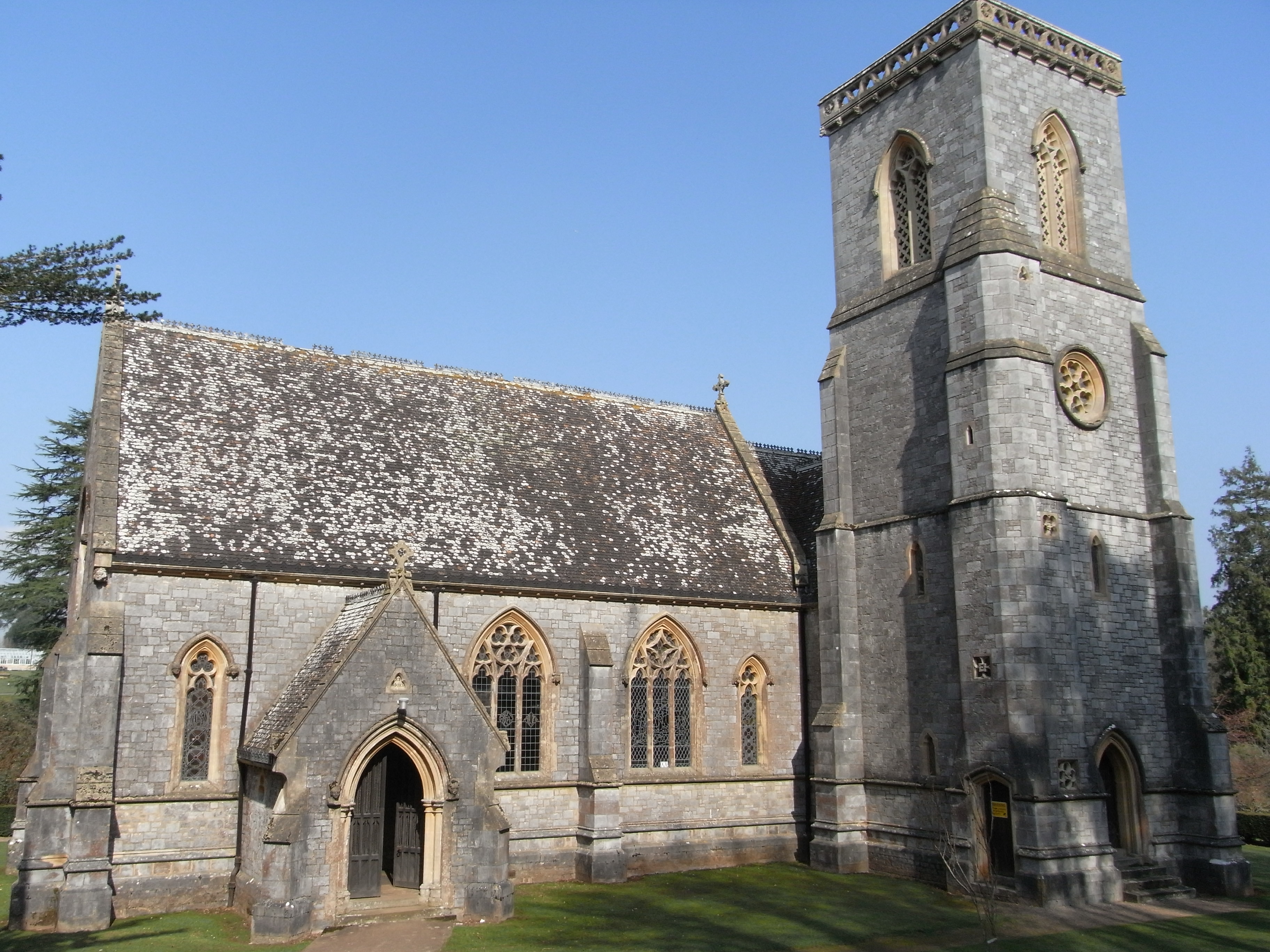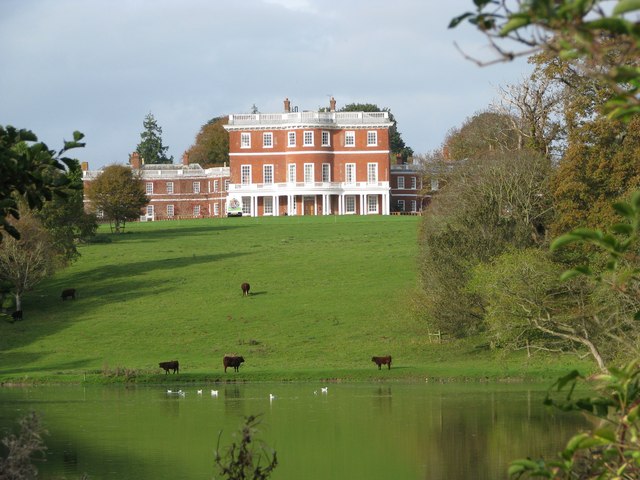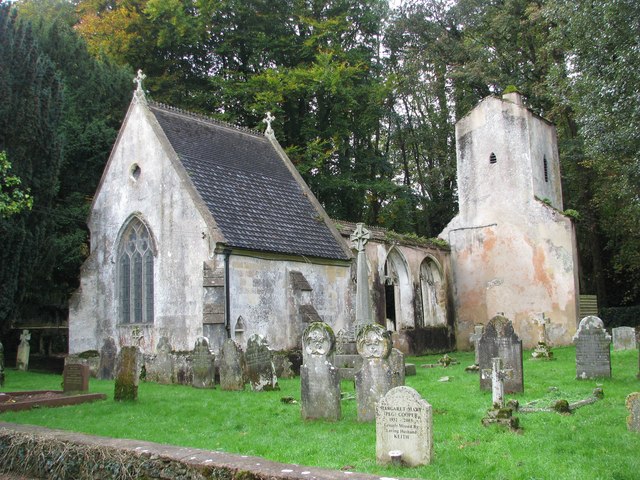Bicton, Devon on:
[Wikipedia]
[Google]
[Amazon]
 Bicton is a
Bicton is a
 The gardens at Bicton were begun in around 1735, supposedly to a design by
The gardens at Bicton were begun in around 1735, supposedly to a design by 

 Bicton
Bicton
Bicton Park Botanical GardensBicton ArenaBicton College
{{authority control Villages in Devon Civil parishes in Devon
civil parish
In England, a civil parish is a type of administrative parish used for local government. It is a territorial designation which is the lowest tier of local government below districts and counties, or their combined form, the unitary authorit ...
and a former manor in the East Devon
East Devon is a local government district in Devon, England. Its council has been based in Honiton since February 2019, and the largest town is Exmouth (with a population of 34,432 at the time of the 2011 census).
The district was formed ...
district of Devon
Devon ( , historically known as Devonshire , ) is a ceremonial and non-metropolitan county in South West England. The most populous settlement in Devon is the city of Plymouth, followed by Devon's county town, the city of Exeter. Devo ...
, England, near the town of Budleigh Salterton
Budleigh Salterton is a seaside town on the coast in East Devon, England, south-east of Exeter. It lies within the East Devon Area of Outstanding Natural Beauty, and forms much of the electoral ward of Budleigh, whose ward population at t ...
. The parish is surrounded, clockwise from the north, by the parishes of Colaton Raleigh
Colaton Raleigh is a village and civil parish in East Devon, England. The parish is surrounded clockwise from the north by the parishes of Aylesbeare, Newton Poppleford and Harpford, Otterton, Bicton, Woodbury and a small part of Farringdo ...
, Otterton
Otterton is a village and civil parish in East Devon, England. The parish lies on the English Channel and is surrounded clockwise from the south by the parishes of East Budleigh, Bicton, Colaton Raleigh, Newton Poppleford and Harpford and Sidmou ...
, East Budleigh
East Budleigh is a small village in East Devon, England. The villages of Yettington, Colaton Raleigh, and Otterton lie to the west, north and east of East Budleigh, with the seaside town of Budleigh Salterton about two miles south. Until th ...
and Woodbury. According to the 2001 census it had a population of 280. Much of the parish consists of Bicton Park, the historic home of the Rolle family, with Bicton Common, adjacent to Woodbury Common, in the west. The parish includes the village of Yettington on its southern border.
History
Bicton appears in theDomesday Book
Domesday Book () – the Middle English spelling of "Doomsday Book" – is a manuscript record of the "Great Survey" of much of England and parts of Wales completed in 1086 by order of King William I, known as William the Conqueror. The manusc ...
of 1086 as ''Bechetone'', held by William Porter, probably by the service of guarding the gate at Exeter Castle and the prison there. The manor passed through several families until Sir Thomas Denys (1559–1613) left two daughters as co-heiresses. The eldest was Anne Denys, who by her marriage to Sir Henry Rolle (d.1616) of Stevenstone
Stevenstone is a former manor within the parish of St Giles in the Wood, near Great Torrington, North Devon. It was the chief seat of the Rolle family, one of the most influential and wealthy of Devon families, from c. 1524 until 1907. The ...
, brought Bicton to the Rolle family.
 The gardens at Bicton were begun in around 1735, supposedly to a design by
The gardens at Bicton were begun in around 1735, supposedly to a design by André Le Nôtre
André Le Nôtre (; 12 March 1613 – 15 September 1700), originally rendered as André Le Nostre, was a French landscape architect and the principal gardener of King Louis XIV of France. He was the landscape architect who designed the gard ...
, but most of the work was undertaken by John Rolle, 1st Baron Rolle
John Rolle, 1st Baron Rolle (1750 – 3 April 1842) was a British peer who served as a Member of Parliament in general support of William Pitt the Younger and was later an active member of the House of Lords. His violent attacks on Edmun ...
in the early 19th century. This included the digging of the lake in 1812 by French prisoners of war, planting the arboretum
An arboretum (plural: arboreta) in a general sense is a botanical collection composed exclusively of trees of a variety of species. Originally mostly created as a section in a larger garden or park for specimens of mostly non-local species, man ...
in 1830 and the noted araucaria
''Araucaria'' (; original pronunciation: .ɾawˈka. ɾja is a genus of evergreen coniferous trees in the family Araucariaceae. There are 20 extant species in New Caledonia (where 14 species are endemic, see New Caledonian ''Araucaria ...
avenue in 1842. Other features include the orangery
An orangery or orangerie was a room or a dedicated building on the grounds of fashionable residences of Northern Europe from the 17th to the 19th centuries where orange and other fruit trees were protected during the winter, as a very lar ...
(1806), the "bulbous" palm house (c. 1825), and the castellated octagonal China Tower of 1839.
John Rolle died, childless, aged 86 in 1842. However, after his marriage to his second wife, Louisa Trefusis, he decided to appoint as his heir her nephew, the six-year-old Mark George Kerr Trefusis (the younger brother of the 20th Baron Clinton) requiring him to change his name to Rolle, which he did. However, when Mark Rolle died in 1907 he left no male heir so the Rolle inheritance passed to his nephew, Charles Hepburn-Stuart-Forbes-Trefusis, 21st Baron Clinton
Charles John Robert Hepburn-Stuart-Forbes-Trefusis, 21st Baron Clinton (18 January 1863 – 5 July 1957) was a British peer.
Trefusis was the eldest son of the 20th Baron Clinton and his wife, Harriet. Educated at Oxford he played polo with ...
(1863–1957).
The 21st Baron let and later sold the mansion house and surrounding lands to Devon County Council as an agricultural college, now Bicton College
Bicton College is a college with around 1,000 full-time and 3,500 part-time pupils, located near Budleigh Salterton, Devon, England. It is part of the Cornwall College group. The college specialises in agriculture and currently offers course ...
, which as of 2016 covers , and sleeps 231 residential students. The gardens at Bicton were renovated by the baron in the 1950s and opened to the public in 1963. The 22nd Baron gave the botanical gardens to a charitable trust in 1986, which sold them in 1998 to Simon and Valerie Lister who turned their into a commercial visitor attraction named Bicton Park Botanical Gardens – see below. The remainder of the land comprising the former manor of Bicton is still owned by Baron Clinton
Baron Clinton is a title in the Peerage of England. Created in 1298 for Sir John de Clinton, it is the seventh-oldest barony in England.
Creation and early history
The title was granted in 1298 to Sir John de Clinton, a knight who had served ...
under the management of Clinton Devon Estates
Clinton Devon Estates is a land management and property development company which manages the Devonshire estates belonging to Baron Clinton, the largest private landowner in Devon, England. Lord Clinton is of the Fane-Trefusis family, and is s ...
. This includes of tenant farm
A tenant farmer is a person ( farmer or farmworker) who resides on land owned by a landlord. Tenant farming is an agricultural production system in which landowners contribute their land and often a measure of operating capital and management ...
land, of woodland and of the East Devon Pebblebed Heaths
The East Devon Pebblebed Heaths () is an area of rare lowland heath in east Devon, England. Lying inland of the coastal towns of Exmouth and Budleigh Salterton, it forms a north–south ridge on the western side of the River Otter at heights abov ...
. The equestrian venue known as Bicton Arena is also part of the estate.

Church
In 1850, Lady Louisa Rolle commemorated her late husband by building a new church on the estate close to the old one, which was partly demolished and the chancel reworked byAugustus Pugin
Augustus Welby Northmore Pugin ( ; 1 March 181214 September 1852) was an English architect, designer, artist and critic with French and, ultimately, Swiss origins. He is principally remembered for his pioneering role in the Gothic Revival st ...
as a mausoleum to the Rolle family. The mausoleum, which is not open to the public, contains Minton floor tiles, a vaulted ceiling, east and west decorated windows by Pugin, and a Rolle monument on the north wall designed by George Myers. It also contains the baroque marble tomb of Denys Rolle (died 1638) and his wife and son, which was described by W. G. Hoskins
William George Hoskins (22 May 1908 – 11 January 1992) was an English local historian who founded the first university department of English Local History. His great contribution to the study of history was in the field of landscape history ...
as "magnificent". Some fifty years before its demolition, the topographer John Swete
Rev. John Swete (born John Tripe) (baptised 13 August 1752 – 25 October 1821) of Oxton House, Kenton in Devon, was a clergyman, landowner, artist, antiquary, historian and topographer and author of the ''Picturesque Sketches of Devon'' consi ...
made a watercolour painting of the old church, and wrote of its picturesque
Picturesque is an aesthetic ideal introduced into English cultural debate in 1782 by William Gilpin in ''Observations on the River Wye, and Several Parts of South Wales, etc. Relative Chiefly to Picturesque Beauty; made in the Summer of the Year ...
setting in his journal in 1795. Gray, Todd & Rowe, Margery (Eds.), Travels in Georgian Devon: The Illustrated Journals of The Reverend John Swete, 1789–1800, 4 vols., Tiverton, 1999, vol.2, pp.140–145
The church of 1850 was designed by the Exeter-based architect, John Hayward: Hoskins simply called it "dull", though it was later described as an early example in Devon of the ideals of the Cambridge Camden Society
The Cambridge Camden Society, known from 1845 (when it moved to London) as the Ecclesiological Society,Histor ...
.
Landmarks

 Bicton
Bicton Obelisk
An obelisk (; from grc, ὀβελίσκος ; diminutive of ''obelos'', " spit, nail, pointed pillar") is a tall, four-sided, narrow tapering monument which ends in a pyramid-like shape or pyramidion at the top. Originally constructed by An ...
on the edge of the park was built in 1747 by Henry Rolle, 1st Baron Rolle
Henry Rolle, 1st Baron Rolle (7 November 1708 – 17 August 1750) of Stevenstone, Devon, was a British landowner and politician.
Origins
Rolle was the eldest son of John Rolle (1679–1730), Member of Parliament for Devon (who had declined the o ...
(1708–1750) as a visual attraction for the gardens.
Rolle also built the four-sided pillar in the centre of the four-cross-ways between Bicton and Otterton in 1743. As well as serving as a signpost for the various places to which the four roads lead, it incorporates biblical inscriptions, such as "Her ways are ways of pleasantness", etc.
Bicton Park Botanical Gardens
Bicton Park Botanical Gardens is atourist attraction
A tourist attraction is a place of interest that tourists visit, typically for its inherent or an exhibited natural or cultural value, historical significance, natural or built beauty, offering leisure and amusement.
Types
Places of natural ...
on the southern part of the former Bicton estate. The landscaped park includes historic glasshouses, a countryside museum, the Bicton Woodland Railway train ride, nature trail, maze, mini golf, indoor and outdoor children's play complexes, restaurant and shop. The gardens, which originated in c.1730 are Grade I listed.
The four glasshouses at Bicton Gardens were designed to re-create the natural environment of plants from different continents. The Palm House was built in the 1820s to a curvilinear design, using 18,000 small glass panes in thin iron glazing bars. The Tropical House is the home of the Bicton orchid ( ''Lemboglossum bictoniense''), named after the Park where it first bloomed in 1836. The Arid House features cacti and other succulents growing in a naturalistic desert landscape.
Notes
References
External links
Bicton Park Botanical Gardens
{{authority control Villages in Devon Civil parishes in Devon